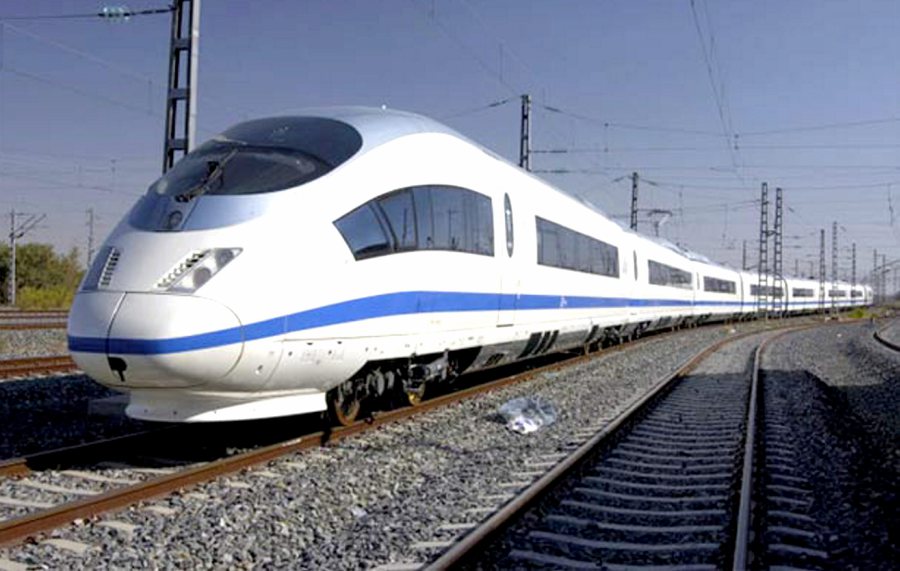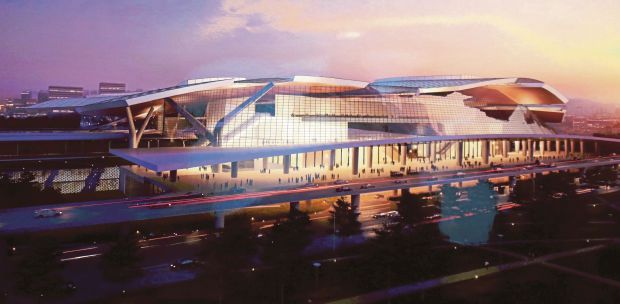IN the last two weeks, not much else has been the topic of conversation among Malaysians of all walks of life other than the 14th General Election. Everywhere you go, people were talking about it and analysing the whole thing to bits. Suddenly, everybody is a political analyst and expert. Each one has their own theory about what happened and why it happened the way it did.
To the rakyat, these weeks have been an eye-opener. People power has risen, although sometimes, I think, to slightly unreasonable levels. People want to have their say and firmly believe that the ruling government must listen to them and carry out their every wish. I sometimes think we are pushing this new ‘people power thing’ way too much.
The revelations about the state of affairs of the country has also been an eye-opener. It has been revealed that our total government debt and liabilities stand at over RM1 trillion. The average person might not even comprehend how many zeroes there are in the amount. It is a mind-boggling and scary figure to many.
Prime Minister Dr Mahathir Mohamad has been talking about an austerity drive and immediate reviews of mega projects. So, it came as no surprise to anyone when the high-speed rail (HSR) project between Kuala Lumpur and Singapore was scrapped last week. The project, reportedly to cost RM110 billion, was seen as “too expensive” for the country at the moment and its economic benefits highly arguable.
There have been dissenting opinions about how the project cancellation would affect the property market. The HSR project had been discussed for many years and been delayed due to all sorts of bureaucracy. When it was finally confirmed, there was a sense of excitement. I, for one, has never been on a high-speed train and was kind of looking forward to riding in one.
With the HSR, you could get from Kuala Lumpur to Singapore in 90 minutes. You could choose to travel non-stop, or take the “scenic” route with five stops in between. It was expected to significantly increase the number of people travelling between Malaysia and Singapore.
In my seminars and press interviews, I had mooted the idea that the rail link could mean that Singaporeans live in Johor and travel easily to work in Singapore. Imagine living in Seremban, Melaka or even Batu Pahat, and commuting daily to Singapore. The average Singaporean could sell his little Housing and Development Board flat and buy a bungalow in Malaysia.
Imagine what that might have done to the property values in these little towns? Now, imagine a Malaysian working in Kuala Lumpur and living in Batu Pahat? If he could travel to work in an hour, that would make perfectly good sense. Logic? Or am I dreaming?
My theory would work under one condition though - that the daily fare to travel the distance is reasonable enough that it makes perfectly good economic sense for people to do that. Otherwise the whole thing would fail.
Now, let’s look at this from another angle. If you could make it to Singapore from Kuala Lumpur in 90 minutes, there was every chance that no one would ever drive again to the city-state. Why should they, when they could get onto a train and be “chauffeured” there in half of the driving time. But again, this might work only if the HSR ticket price was reasonable enough.
So, what is reasonable? I vaguely remember, at a seminar I attended, a presenter estimating that the price of a two-way ticket between the two cities would be RM400. If this was the price, both my ideas would be just castles in the sky. Nobody would be able to afford daily commutes to work from their home. So, the idea of Singaporeans living in bungalows in Batu Pahat would remain just as a dream.
And, if you had to pay RM400 to go to Singapore and back, surely taking a flight from the Subang airport was cheaper. You might take the HSR train a few times for the experience, but sooner, due to higher cost, you would just revert to taking a flight.
For the HSR to work, the ticket price must be attractive enough to wean people off their cars and cheap flights. At a cost of RM110 billion, I doubt this could happen.
Oh well, guess I’ll have to go somewhere else to get the feel of a high speed train.
Happy hunting and may the force be with you.
The writer is a real estate practitioner who tries to manage the labyrinth of the property market honestly while consistently maintains a high standard of ethics in his practice. He welcomes feedback via [email protected]





